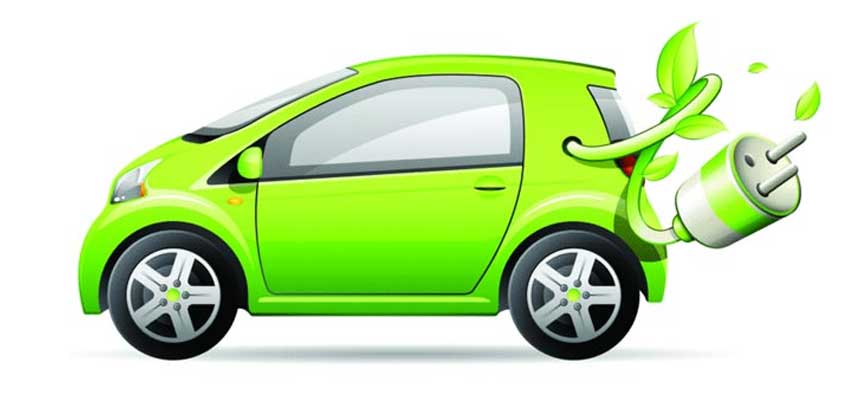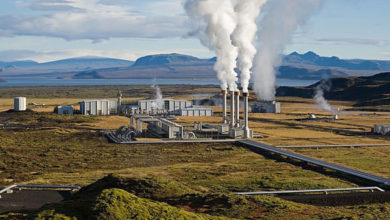What is the Ecological Footprint?
Getting out of the supermarket with a shopping cart full of plastic envelopes, boxes and many products that have traveled thousands of miles before you get into your dress is very different from doing the shopping with cloth bags designed to contain only local products. This will significantly lower your ecological footprint. But what is the ecological footprint?
The ecological footprint is a measurement method developed by the eco-worker William Rees of British Columbia University in the first half of the 1990s. The method was reworked by his student Mathis Qackernagel, director of the Ecological Footprint Network, that is responsible for the most authoritative and internationally recognized ecological center.
The ecological footprint is a statistical index used to measure human demand for nature. It relates to the human consumption of natural resources with the ability of the Earth to regenerate them. [ Wikipedia ]
In other words, we calculate the number of per hectare per hectare as the consumption of biologically productive territory. Since 1999, WWF has also decided to adopt this method of measurement and periodically update its ecological footprint in its annual Living Planet Report.
When calculating the ecological footprint, we consider the use of six main categories of territory:
- Soil for energy: the forest area needed to absorb carbon dioxide produced by the use of fossil fuels.
- Agricultural land: arable land used for the production of food and other goods (jute, tobacco, etc.).
- Pastures: area intended for breeding.
- Forests: surface for the production of timber.
- Surface area: an area dedicated to residential settlements, industrial facilities, service areas, communication channels.
- Sea: marine surface dedicated to the growth of resources for fishing.
It is important to emphasize that this calculation only includes CO2 emissions and excludes other greenhouse gases such as nitrogen. Limits are recognized by the same authors as the measurement method, another major flaw is energy, no references to the supply from non-renewable sources, and in the case of nuclear energy, the territory for the storage of radioactive waste is completely ignored.
Given the limits of the ecological footprint calculation method, the value obtained is underestimated: the actual environmental damage is far greater than that shown by the ecological footprint. Despite the great flaws, the ecological footprint remains the measurement method adopted by governments.
It is a useful benchmark, but even if it is to achieve equality between estimated consumption and resources, it would not be possible to solve the environmental problems since estimates differ considerably from those that are the parameters found in practice.
The personal ecological footprint usually takes into consideration five categories of consumption:
- Food
- Dwelling
- Transportation
- Consumer goods (cell phones, computers, pet plastic, gadgets, accessories, devices …)
- Services
With the introductory case, that is, with the cost of consciousness with fabric bags and zero-mileage products, all of the points listed above will be covered: the power will be sustainable because it comes from a small local producer, there is no need for a transport from one region or even one nation to another.
There will be a reduction in consumer goods because envelopes and packaging will be replaced by plastic bags, and consequently, they will use fewer resources: a local producer does not make use of energy as a large company could do, and the occupied soil is far below.
The introductory one is a simple example of how our daily gestures can make a difference and greatly lower our personal ecological footprint.






